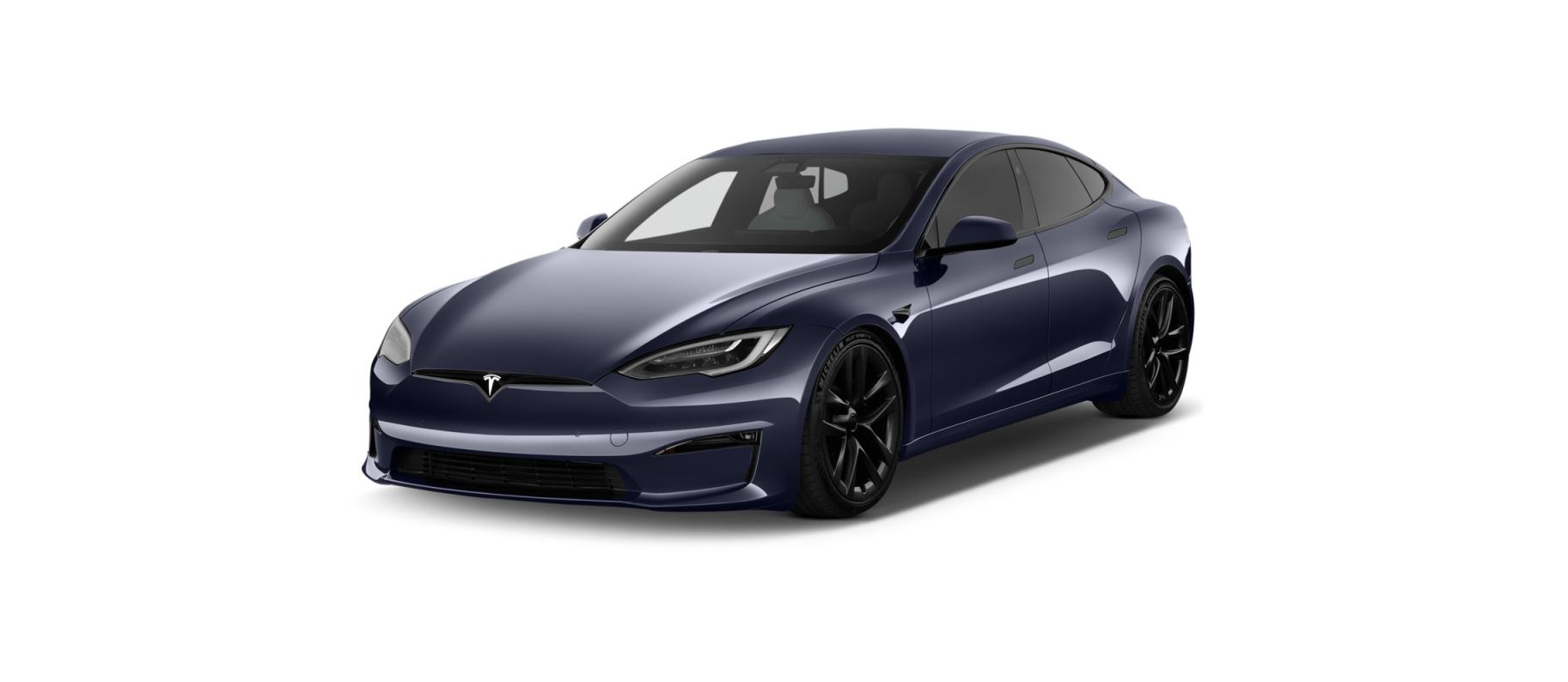Starting
When you open a door to enter Model S, the instrument panel and touchscreen power on and you can operate all controls. To shift Model S, press the brake pedal and swipe up for Drive or down for Reverse on the touchscreen’s drive mode strip (see Shifting).
If Auto-Shift out of Park is enabled, Model S automatically selects Drive or Reverse based on inputs from various sensors. Pressing the brake pedal shifts the vehicle into the selected drive mode displayed on the instrument panel (provided the driver’s door is closed and the driver’s seat belt is buckled), and pressing the accelerator moves the vehicle in that direction (see Auto-Shift out of Park).
Before accelerating when Auto-Shift out of Park is enabled, check the instrument panel to make sure that Model S has shifted into the drive mode you want (Drive or Reverse). If the selection is not correct, or if Auto-Shift out of Park is not enabled, swipe up for Drive or down for Reverse on the touchscreen’s drive mode strip to choose a new drive mode. See Shifting.
Everything you need to know when driving Model S is displayed on the instrument panel.
Drive Disabled – Requires Authentication
If Model S does not detect a key when you press the brake (a key fob or phone key is not detected or two minutes have passed since you used the key card), the touchscreen displays a message telling you that driving requires authentication.
If you see this message, place the key card in either phone dock where the RFID transmitter can read it. The two-minute authentication period restarts and you can start Model S by pressing the brake pedal.
A number of factors can affect whether Model S can detect a phone key or key fob (for example, the device’s battery is low or dead and is no longer able to communicate using Bluetooth).
Always keep your phone key, key fob, or key card with you. After driving, your key is needed to restart Model S after it powers off. And when you leave Model S, you must bring your key with you to lock Model S, either manually or automatically.






